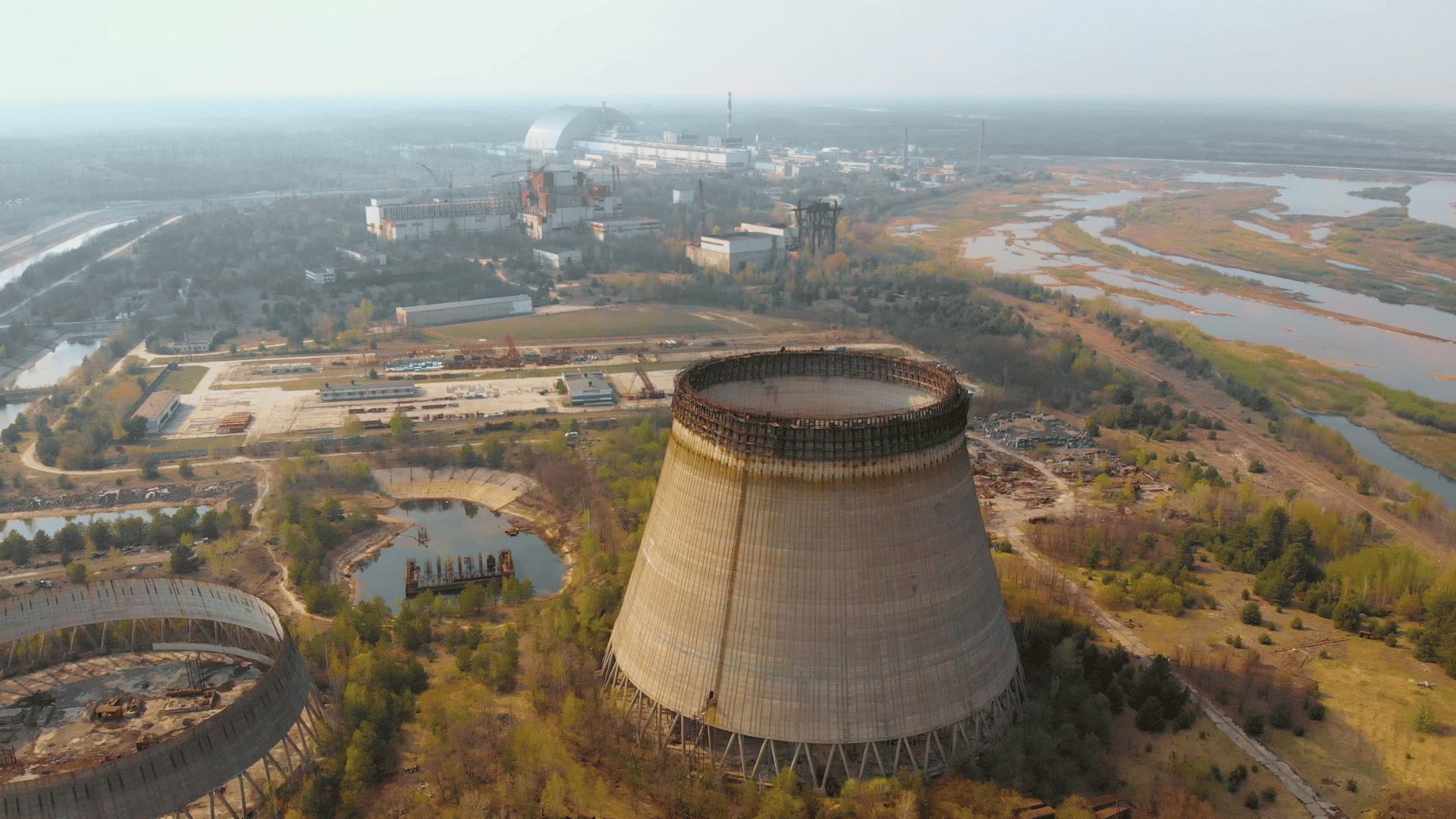Though natural disasters are known for their economic, environmental, and community impact, each type has its own specific risks and dangers. Though it’s always good to ensure you’re ready by developing an emergency preparedness plan and working with a disaster recovery firm like Servpro, knowing the risks associated with each one can help to further prepare you in case of an emergency.
Earthquakes
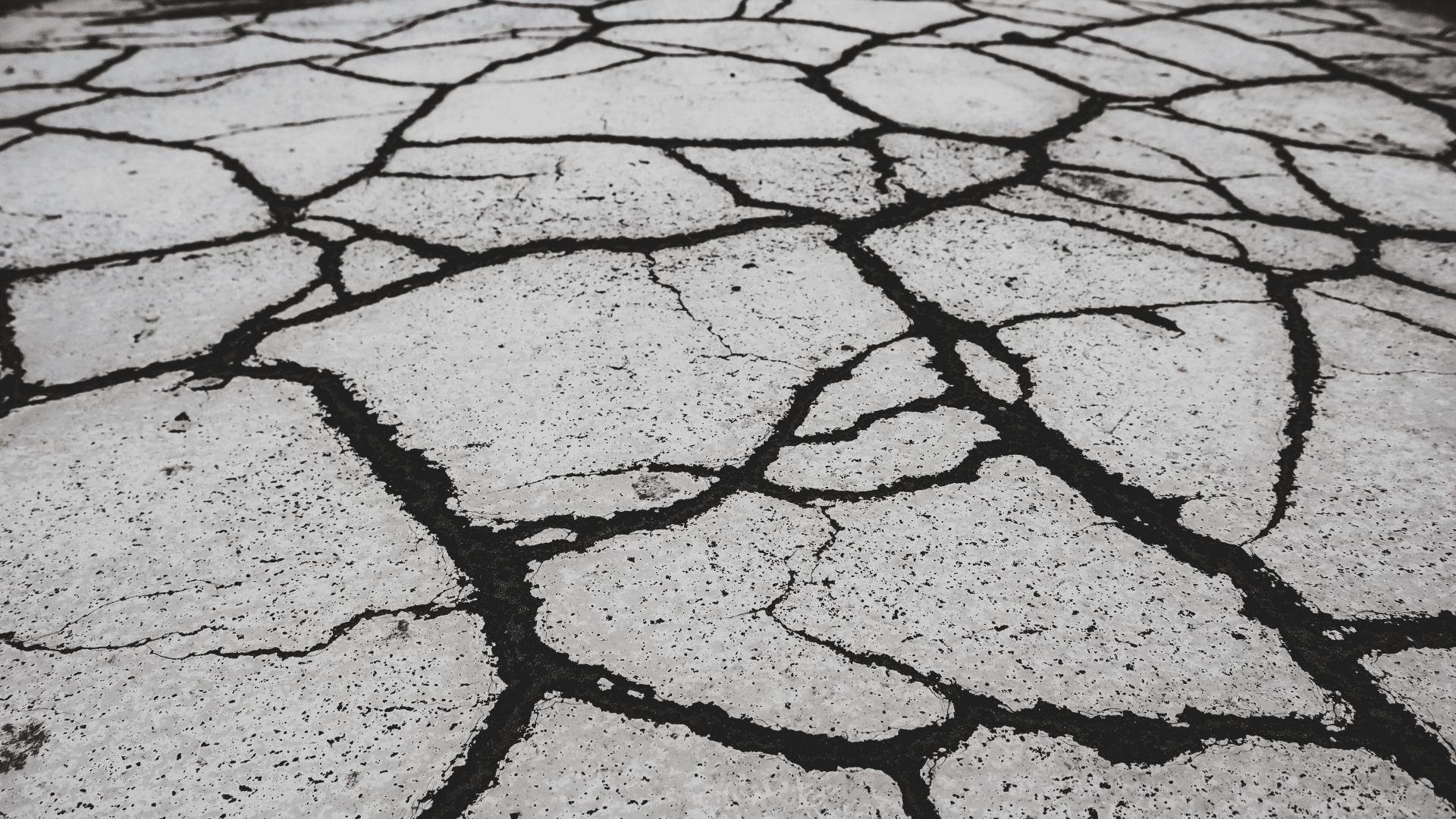
Earthquakes can cause ground shaking, which can damage buildings, roads, and critical infrastructure. The movement of the Earth can also cause ground ruptures, landslides, tsunamis, and liquefaction.
As with many natural disasters, one of the immediate impacts is the potential for casualties due to buildings collapsing or landslides, drowning from tsunamis, or burns from fires caused by infrastructure damage. Earthquakes could damage health facilities or transportation, which can make it more difficult to receive aid or healthcare if injured.
Hurricanes
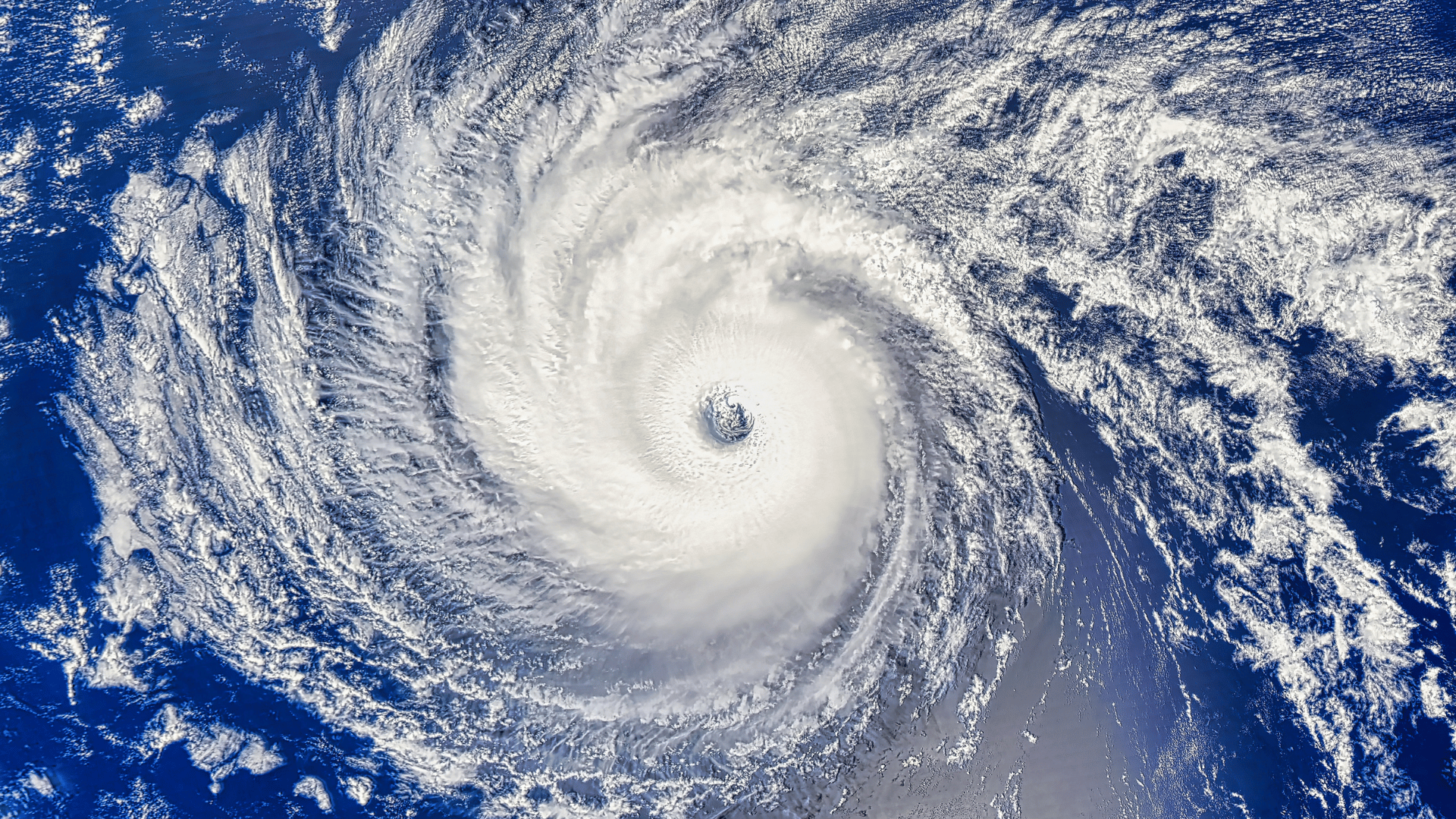
Hurricanes cause heavy rainfall, high winds, flash floods, and storm surges that can lead to extensive damage to communities and environments. They can damage roads, buildings, power grids, homes, businesses, and critical infrastructure, which can interfere with essential services and emergency response efforts.
In addition to injuries from the initial impact, stagnant floodwater can lead to the risk of waterborne illnesses like cholera or malaria. Environmental damage may include disrupting marine ecosystems, destroying trees, and eroding beaches.
Floods

Similar to other natural disasters, floods have the potential to damage homes, roads, utilities, and interrupt transportation and essential services. Floodwaters can also cause erosion of riverbanks and other areas, resulting in the sedimentation of rivers and streams.
They can also damage underwater habitats and contaminate water sources with pollutants. Injuries from flooding can be caused by falling debris and structures. Homes can also sometimes become uninhabitable due to flooding, leading to permanent displacement.
Wildfires
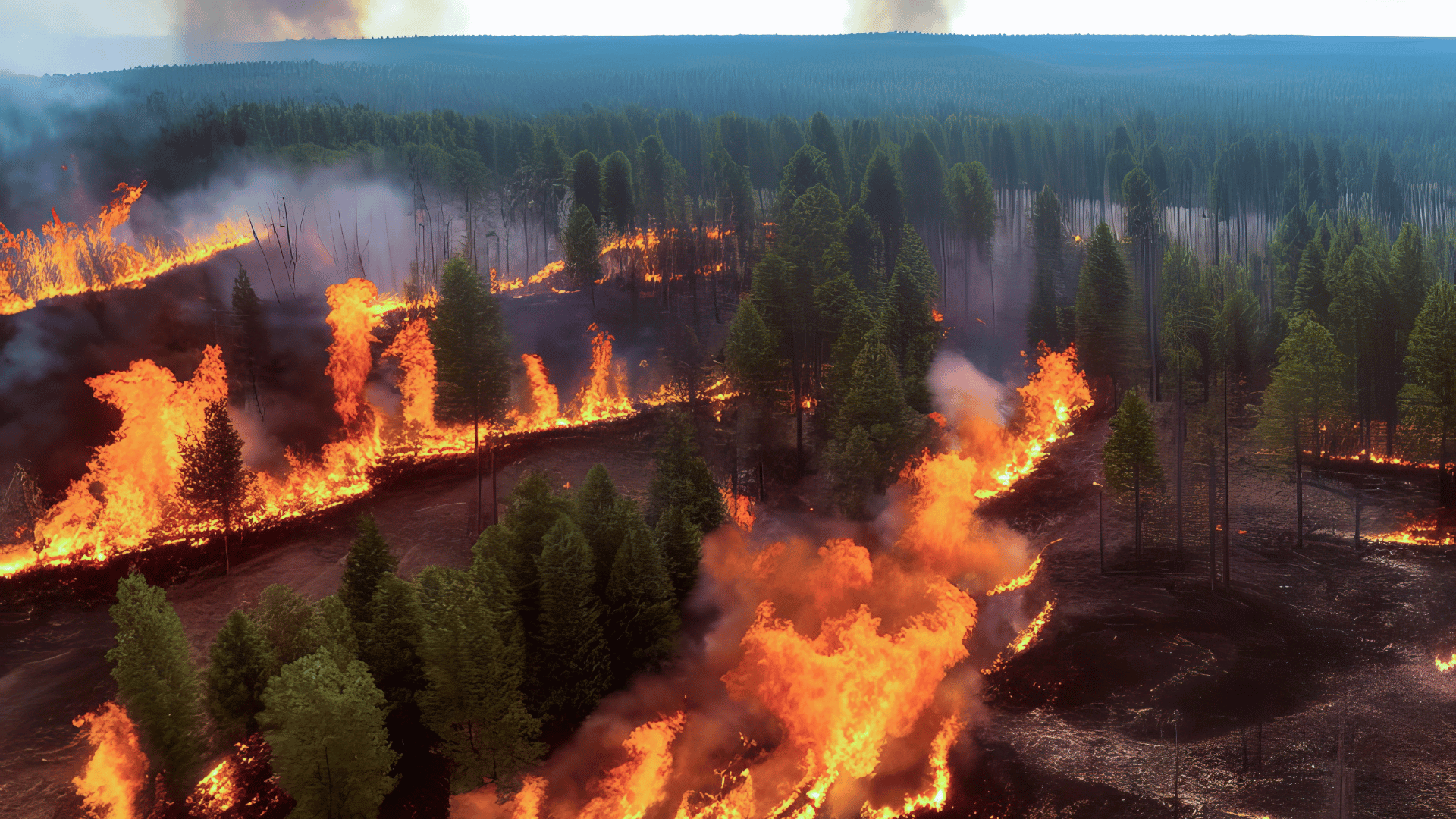
In addition to damaging the buildings and infrastructure, wildfires can cause air quality issues that lead to respiratory problems in humans and animals. Exposure to wildfires can lead to cardiovascular issues and conditions associated with heart attacks. They can lead to coughing, wheezing, and worsening conditions like asthma or emphysema.
Wildfires can also cause extensive environmental damage, with large amounts of carbon monoxide and other greenhouse gases released into the atmosphere. Water can become contaminated by ash or sediment, and wildlife can become fragmented due to extensive habitat loss, particularly in forests and wooded areas.
Tornadoes
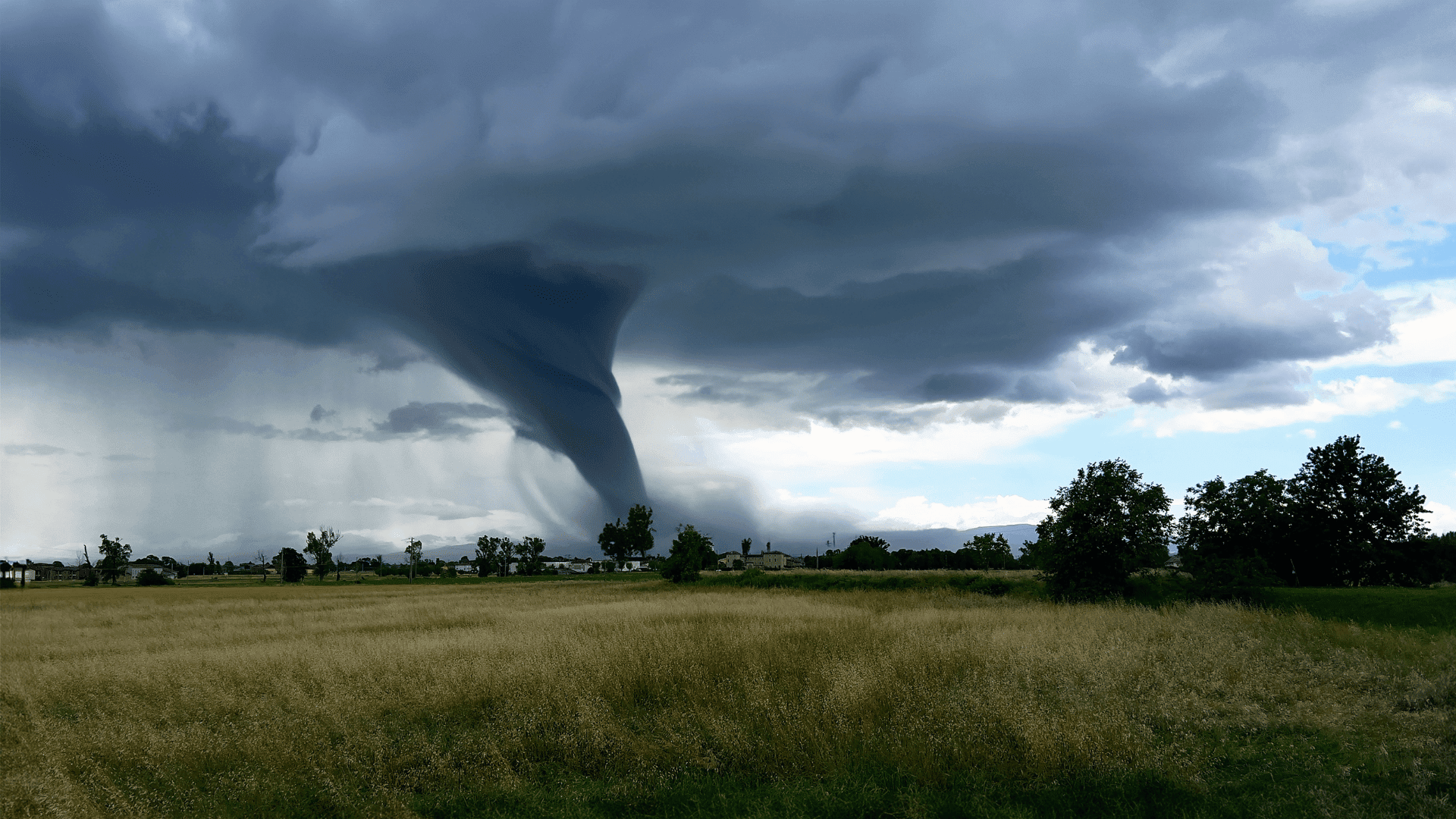
Strong winds from tornadoes can flip trains, send cars or trucks flying through the air, destroy bridges, and rip apart homes and buildings. Needless to say, this can cause extensive damage physically and societally. These disasters can also cause environmental damage by uprooting trees, stripping asphalt, and flooding.
Tune in to Science Channel to watch “Renovation Rangers” at 10 AM EDT on Saturday, June 7th!







